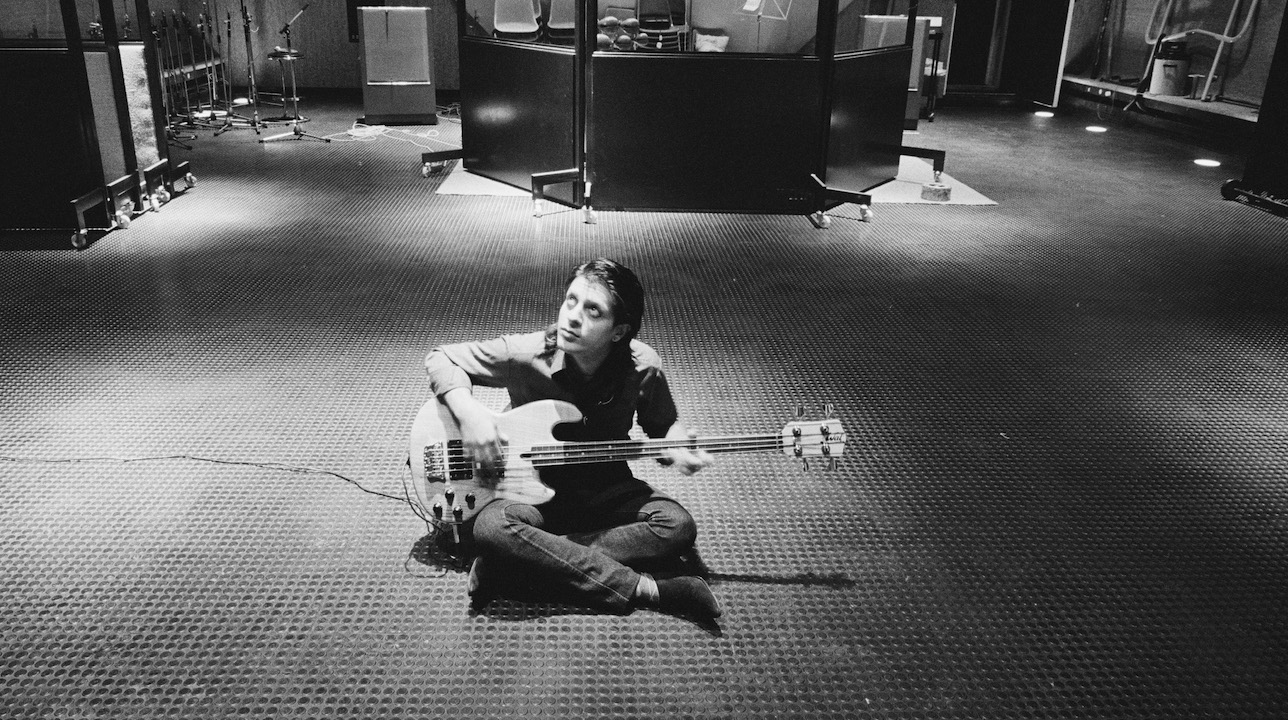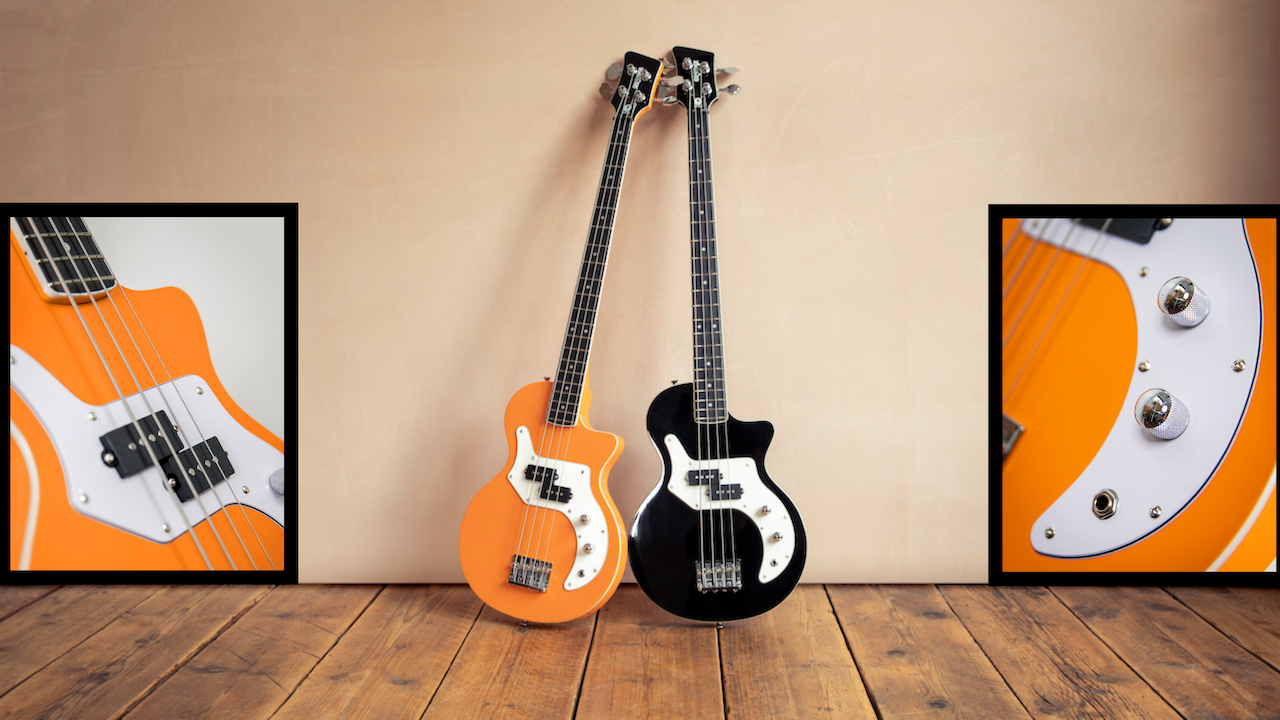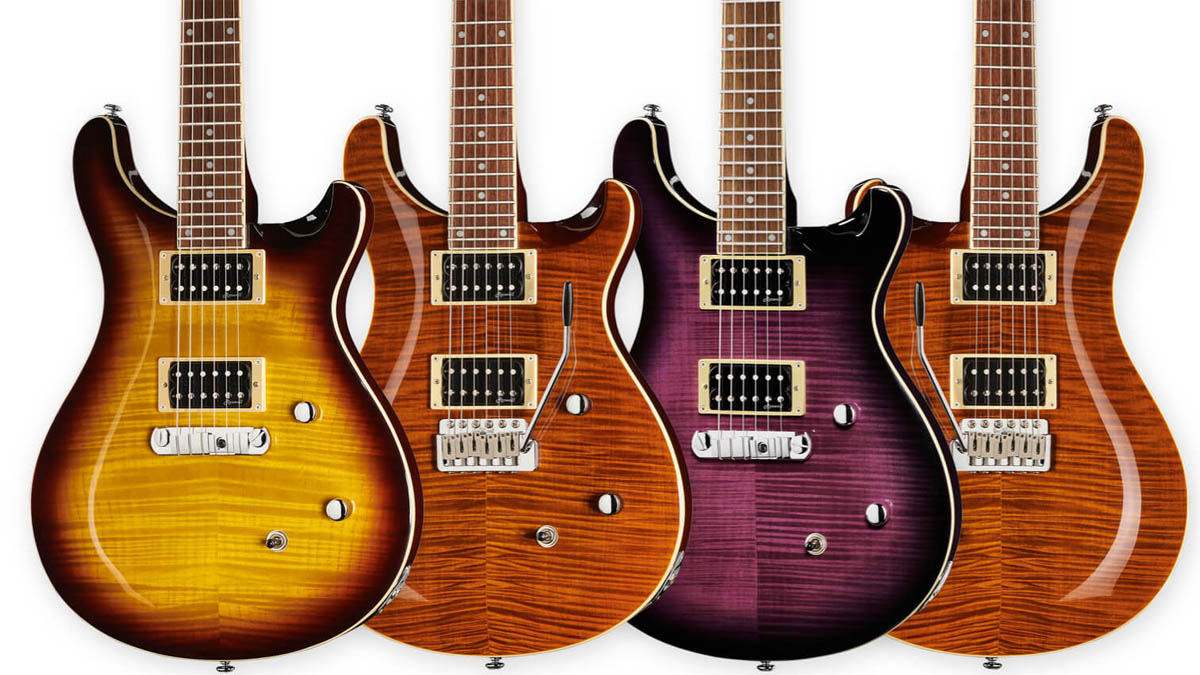
His liquid jazz-blues playing style made him one of the most sought-after session guitarists of all time – learn the secrets behind Larry Carlton’s most memorable solos
Larry Carlton might be best known for his work with Steely Dan, but his star turn on by Michael Jackson, the stunning solos on Mike Post’s theme, and from Christopher Cross’s debut album, are just three of the hundreds of tracks to feature his exceptionally tasty, liquid jazz-blues style. Carlton mixes jazz language and blues phrasing seamlessly – perhaps why his solos are so memorable. Lick 1 has a distinctive technique of Larry’s that has been used by such greats players as Drew Zingg, the musical director for Steely Dan at the time they did their live album in the ’90s. Here, I bend the second string from the 10th fret (A) up a tone to the 5th of Em7 (B) and then tap the 18th fret – this would normally sound the note F, which would be a very dissonant b9 on the Em7. However, as I held the previous two-fret bend, the string is a tone sharper than normal so the note that comes out is a G. I release the bend a semitone to F#, then pull off the picking-hand tap to a bent note at the 10th fret, second string. But by this time, I’ve released the tension on the string so that the note is only bent up by a semitone – so the fretted 10th fret is pre-bent up to Bb which is then pulled off to the notes A then G. Over the Abmaj7 chord, you’ll hear a trick which is a useful formula that can be applied when improvising. Where the chord has a Lydian flavour, you can superimpose a minor pentatonic whose root is a semitone below that of the Major 7th, to bring out the colourful notes of the Lydian scale. Here, that’s G minor pentatonic over Abmaj7. Note that where the chords are G/F -F/Eb I played three Major triads in that bar – G, F and Eb to follow the underlying harmony. With these ‘slash’ chords the letter on the left is the Major triad and the number on the right is the bass note. Other lines among our licks use the Blues scale. Larry often plays a major triad on the 4th degree for colour. For instance, over Em7 you could superimpose an A Major triad. The bluesy double-stop bend in bar 2 of Example 1 hints at this. While Larry doesn’t usually play strictly from the bebop playbook, his approach is full of artful chromatic movements and he loves to target chord tones and extensions to underline the jazzy nature of his playing. Lick 4 is inspired by just such an approach- the note F, which on its own is dissonant, is merely used to provide a chromatic approach to the second degree, F#. Larry is one of those rare players that uses Dumble almost exclusively. So an overdrive pedal in front of a warm-sounding American style amp sound is a good place to start. Larry switches pickups on his Gibson at will, so perhaps start with the neck pickup on your own guitar, add lush reverb and a bit of delay then let those notes sing out! Our first example is a bluesy line that features some characteristic Larry Carlton-style string bending. At the end of Bar 1 there are tasty bends and tapped high notes that require accuracy and even dynamics. Notice the personality that the triplet timed string bending provides to close the phrase – very Larry-esque! This idea is a chromatic-based line that works around the chord tones and extensions. The chromaticism is inspired by bebop but has a distinctive sound that is outside that tradition; it still feels sophisticated but perhaps more modern. This lick uses 3rds, triads, and 7th arpeggios from within the scale – this is a typical Larry move that again targets chord tones and extensions. Here are more 3rds and triads with some chromatic movement to add a jazzy edge to the line. Note the occasional use of the major 7th, too. Our solo brings these ideas together over a longer track which mixes a funky groove with sophisticated chords. Note how the lines navigate the chord tones of the underlying harmony, and how the guitaristic articulations like bends, hammer-ons and pull-offs tie the whole performance together in a tasteful and musical way.









